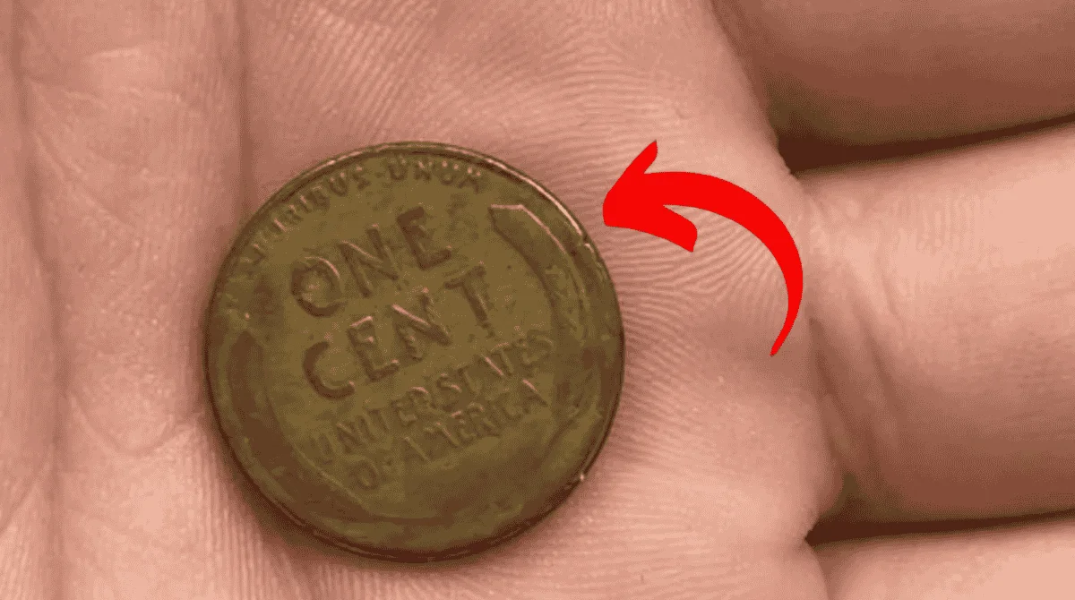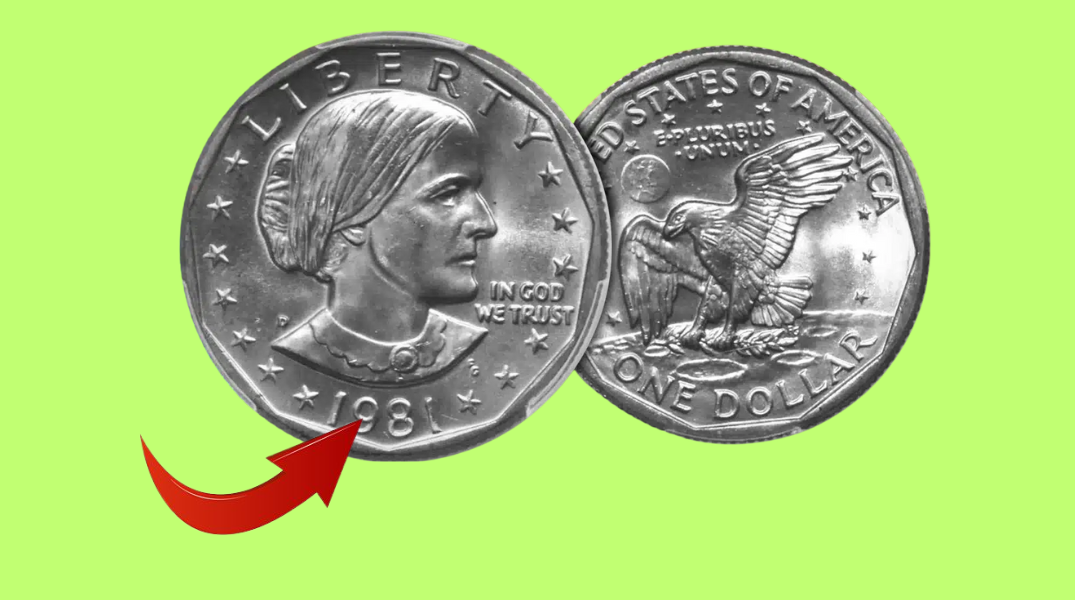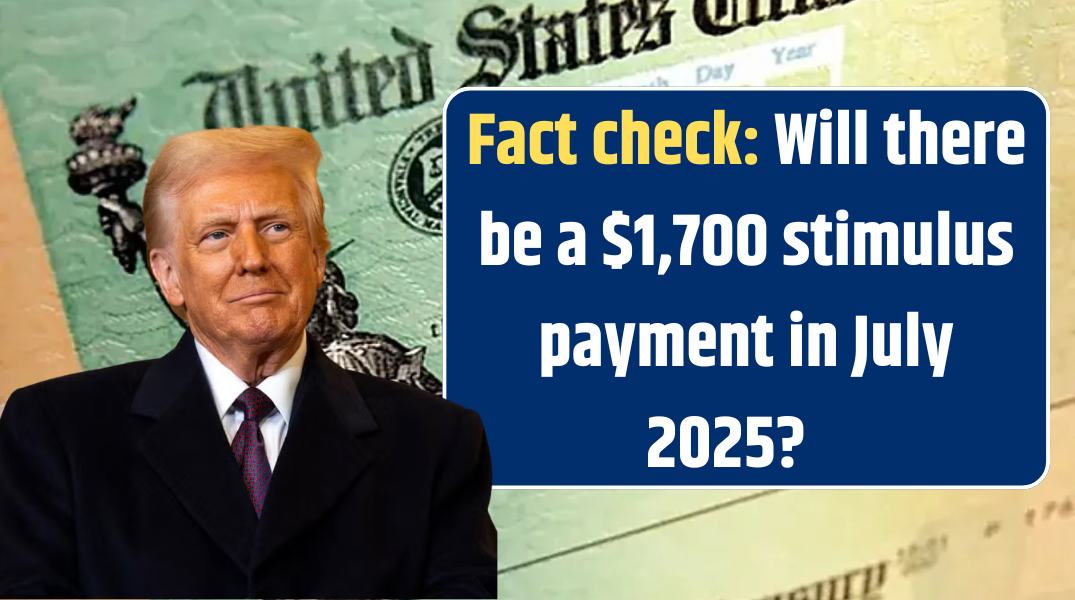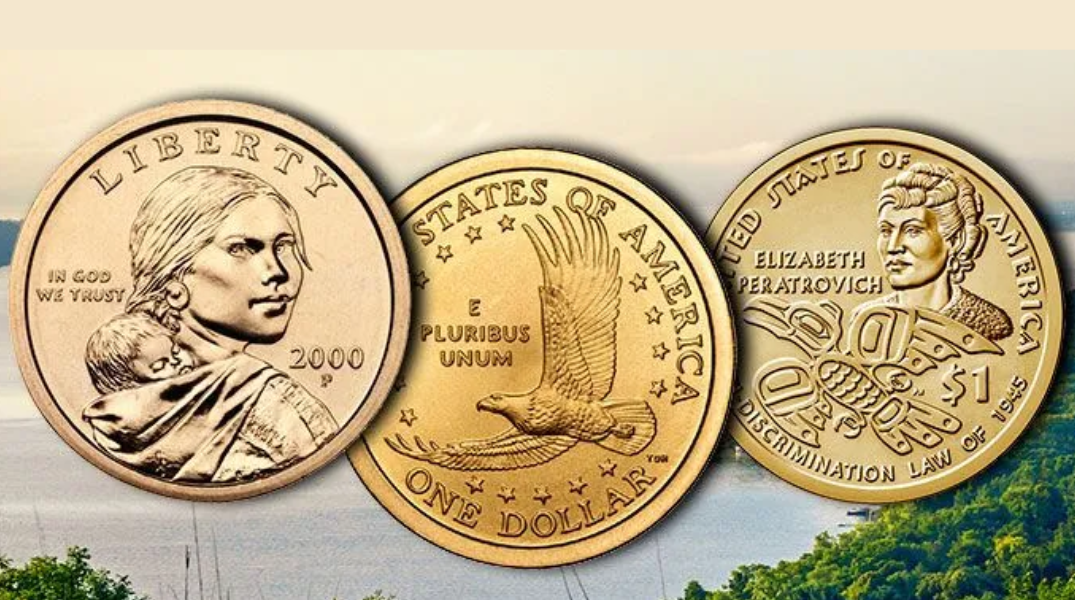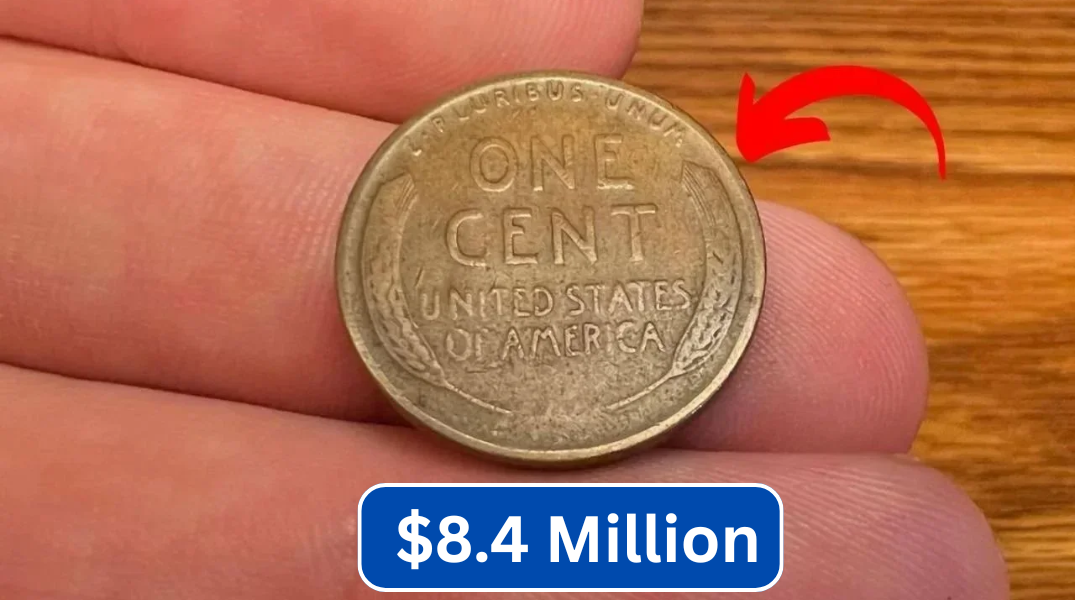The Lincoln Wheat Penny Valued at $9,300,000 – At first glance, a penny seems like the least exciting coin in your change jar. But what if one of those humble copper coins was worth more than a mansion? That’s exactly the case with an ultra-rare 1943 Lincoln Wheat Penny, which sold for an astounding $9,300,000 — and it could still be hiding in someone’s collection or pocket today.
In this article, we’ll take a fresh look at the legacy of the Lincoln Wheat Penny, explore why some are now worth millions, and share how to identify a hidden treasure in your own spare change — including a few fun facts along the way.
The Origin Story of the Lincoln Wheat Penny
The Lincoln Wheat Penny was introduced in 1909, the first U.S. coin to feature a real historical figure — Abraham Lincoln — rather than a symbolic image. Created by sculptor Victor David Brenner, the coin’s reverse side featured two curved wheat stalks, a design that symbolized prosperity.
This design remained in circulation until 1958, after which it was replaced by the Lincoln Memorial penny. Despite the redesign, the original Wheat Penny continues to be a favorite among collectors due to its rich history and timeless design.
🔍 Did You Know? The initials “VDB” of the designer were originally removed due to controversy but were later restored in a more subtle form on the coin’s shoulder.
Why One Lincoln Wheat Penny Was Worth $9.30 Million
The mind-blowing value of the 1943 copper Lincoln Wheat Penny stems from a wartime mix-up.
During World War II, copper was a critical material for the military. In 1943, the U.S. Mint switched to zinc-coated steel for penny production. However, a small number of copper blanks were accidentally used, resulting in a few pennies being struck in copper instead of steel.
Only a handful of these rare copper 1943 pennies exist. In 2018, one of them sold at auction for a record-breaking $9,300,000 — making it one of the most valuable coins ever sold.
These copper coins were never meant to be released, but a few escaped into circulation, becoming the holy grail of U.S. coinage.
Also Read – The $5.4 Million Lincoln Wheat Penny: A Hidden Treasure Still in Circulation
Still in Circulation? Surprisingly, Yes
Though production of the Wheat Penny ended in 1958, these coins still appear in circulation. Many remain hidden in jars, sock drawers, or inherited collections that haven’t been touched in decades.
Collectors often buy rolls of pennies from banks just to search for rare Wheat Pennies — a practice called coin roll hunting. While most of these coins are only worth a cent, rare years, mint errors, or pristine condition examples can be worth hundreds, thousands, or more.
🧲 Collector’s Trick: Want to test a 1943 penny quickly? Grab a magnet. A steel penny will stick — a genuine copper 1943 penny won’t. If yours doesn’t stick, you might want to call a coin expert fast!
Condition Is Everything
Even if you own a rare coin, its condition (or grade) can make or break its value. A 1943 copper penny in poor condition might still fetch five or six figures, but one in mint or near-mint condition can be worth millions.
Collectors and dealers evaluate a coin’s luster, sharpness, and wear. Factors that boost value include:
-
Uncirculated status
-
Minting errors (double dies, off-center strikes)
-
Low mintage years
-
Clear details and no cleaning damage
Hidden Treasures: Oddball Variants to Watch For
Aside from the famous 1943 copper cent, here are a few other valuable Lincoln Wheat Pennies to look out for:
-
1909-S VDB – The first year of issue, struck in San Francisco with designer initials; can be worth over $1,000.
-
1914-D – Scarce and highly sought-after, especially in good condition.
-
1955 Doubled Die – One of the most famous error coins, with noticeable doubling on the date and lettering.
🪙 Pro Tip: If you think you have something special, don’t clean it — doing so can lower its value drastically. Use a soft cloth and store it in a protective sleeve until it’s professionally examined.
FAQs: Everything You Need to Know About Lincoln Wheat Pennies
🔹 What are Lincoln Wheat Pennies worth today?
Most are worth 1 to 10 cents. However, coins from rare years, in mint condition, or with mint errors can be worth thousands — even millions.
🔹 What makes the 1943 copper penny so valuable?
It was accidentally struck on copper when all pennies were supposed to be made of steel. Only a few exist, making them incredibly rare.
🔹 Can I really find one in my change?
Yes, though it’s rare. Many Lincoln Wheat Pennies still circulate or lie forgotten in old coin jars, safes, or family heirlooms.
Also Read – The Lincoln Wheat Penny Valued at $450,000, Still in Circulation
🔹 What should I do if I think I have a rare penny?
Have it professionally appraised. You can contact a coin dealer or send it to grading services like PCGS or NGC.
🔹 Are there other valuable Wheat Pennies besides the 1943 copper?
Absolutely! Look out for the 1909-S VDB, 1914-D, 1922 No D, and 1955 Doubled Die — all of which are highly collectible.
The Final Coin Toss: More Than Just Pocket Change
The Lincoln Wheat Penny isn’t just a nostalgic piece of history — it’s a real investment opportunity. Whether you’re a lifelong numismatist or someone who just found a penny on the floor, it’s worth paying attention to these coins.
After all, the next time you check your change, you might not just be holding a penny — you could be holding millions in your palm.
So keep your eyes open and your magnet handy. That forgotten coin in your drawer might just make history.
